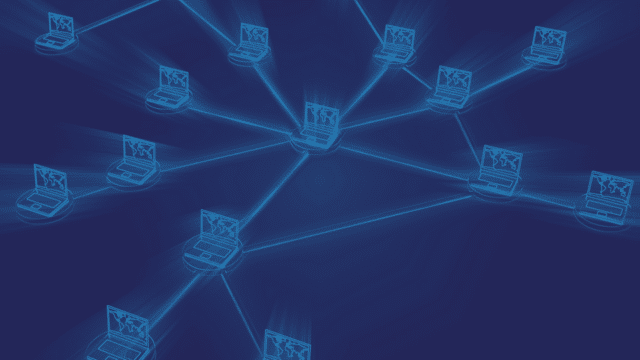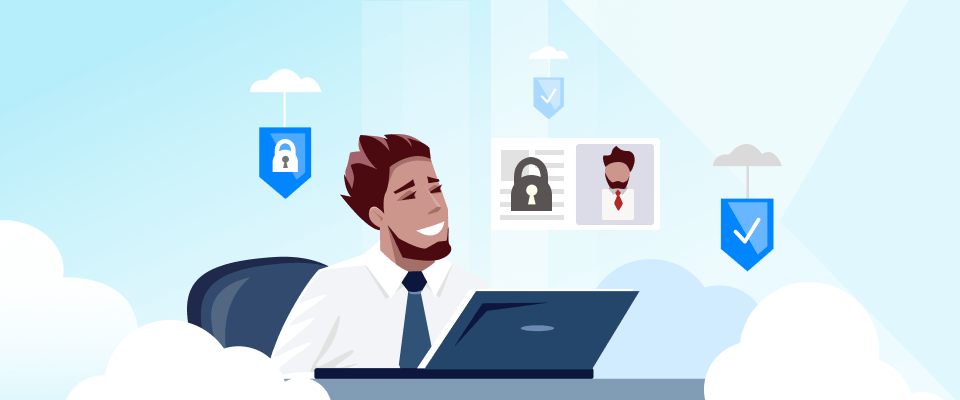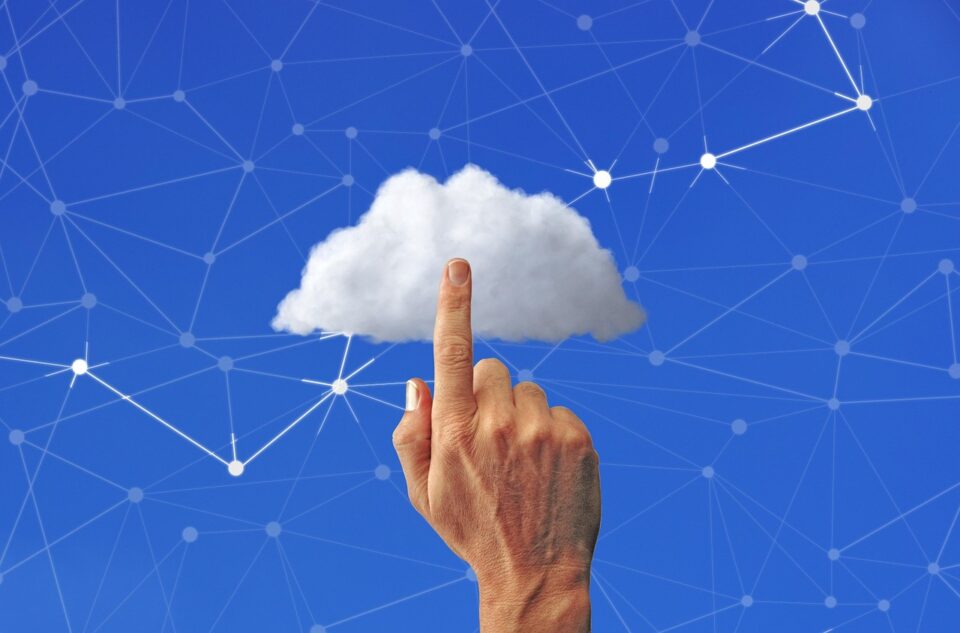Introduction
Every day, countless businesses and individuals transmit documents via fax. Whether it’s sharing contracts, ID documents, medical records, or tax forms, much of the information being faxed is sensitive or confidential. That raises a critical question: Is faxing safe for personal or business use? And more specifically, how secure is online faxing compared to traditional methods?
The short answer: faxing can be secure-if done properly. Especially with the rise of online fax services, understanding the right tools and best practices is essential for safeguarding personal data.
Table of Contents
How Secure Is Faxing?
The security of faxed information depends heavily on the transmission method. Traditional fax machines send data via phone lines, which are considered more secure than public internet channels. However, traditional fax machines do have their vulnerabilities, especially when it comes to who can access incoming documents or machines left unattended.
Meanwhile, email-though convenient-is typically less secure. Unless encrypted end-to-end (which most standard email isn’t), email can expose personal information to cyber threats.
Today, many people and organizations are moving to online faxing, which combines the convenience of email with the security features of traditional faxing-when the right protocols are followed.
Consider the Sensitivity of the Data You’re Sending
Before choosing how to send something, evaluate the nature of the document. Is it something like a diploma or proof of address? Or something more sensitive, like:- Social Security numbers
- Medical records
- Credit card information
- Tax forms
Understanding Fax Transmission Options
When sending personal information, you generally have a few choices:- In-person delivery
- Mail or courier
- Fax (traditional or online)
Why Online Faxing Is More Secure Than Email
When comparing fax security vs. email security, the differences are clear:

How Online Faxing Works-and Why It’s Secure
Online faxing services digitize the faxing process, letting users send and receive faxes via a secure web platform or app. Features that enhance fax security online include:- End-to-end encryption during transmission
- Secure cloud storage to minimize printed copies
- Audit trails and delivery confirmations
- Electronic signatures, which reduce printing and scanning
Best Practices for Secure Online Faxing
If you’re using an online fax service, follow these tips to keep information safe:- Verify the recipient before sending anything sensitive
- Use a cover page to mask sensitive data from prying eyes
- Leverage cloud storage instead of printing hard copies
- Enable two-factor authentication on your fax platform
- Use electronic signatures to reduce paper exposure
Industries That Rely on Secure Online Faxing
Certain industries require high-security communication tools, and online faxing is a key part of that toolkit:- Healthcare: Transmitting protected health information (PHI) while staying HIPAA-compliant
- Finance: Sending tax documents, account details, and SSNs securely
- Legal: Sharing contracts and case files with client confidentiality
- Government: Handling classified information and public records securely
Why You Should Upgrade Your Faxing Strategy
Technology has moved far beyond the clunky fax machines of the past. Modern online fax services offer unmatched convenience, speed, and security—especially compared to email or physical document delivery. One added benefit is the continued use of the PSTN, a closed network less vulnerable to cyberattacks than the open internet. And many services offer HIPAA-compliant faxing, making them ideal for regulated industries.Compliance and Secure Faxing Regulations
To avoid legal and financial risk, secure faxing must meet the requirements of:- HIPAA – Healthcare data protection
- FERPA – Student record privacy
- GDPR – EU data privacy laws
Final Thoughts: Is Online Faxing Secure?
Yes-secure online faxing is one of the safest ways to transmit personal and business information, especially when compared to email or unsecured delivery methods. But security is a shared responsibility.
To get the full benefit of secure faxing:- Use a reputable online fax service like Documo
- Follow best practices for transmission and access
- Understand what compliance regulations apply to your industry





